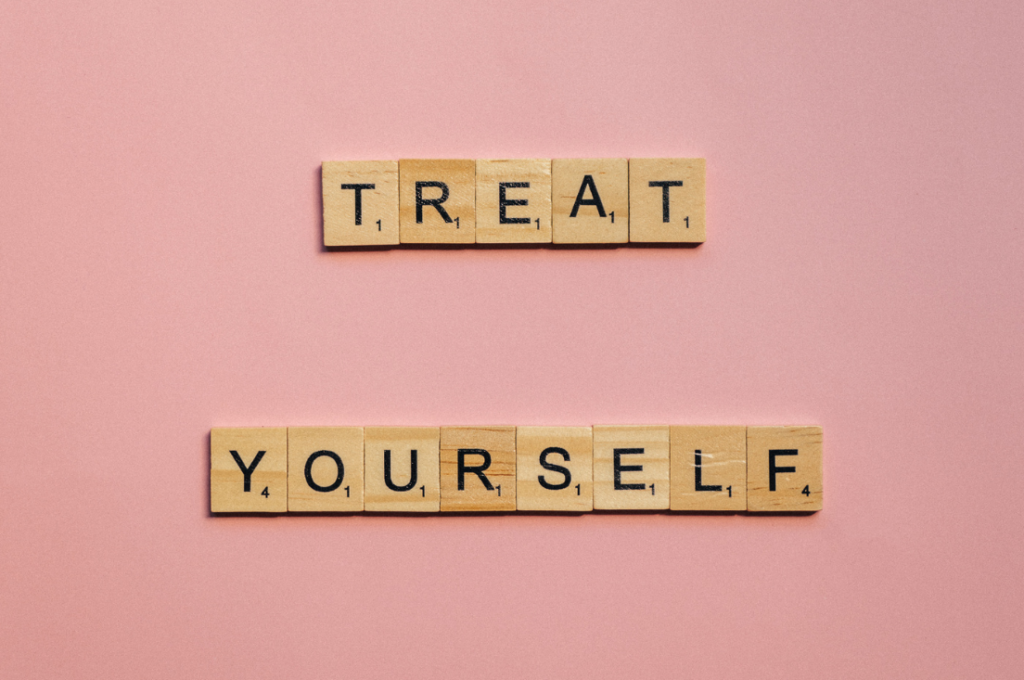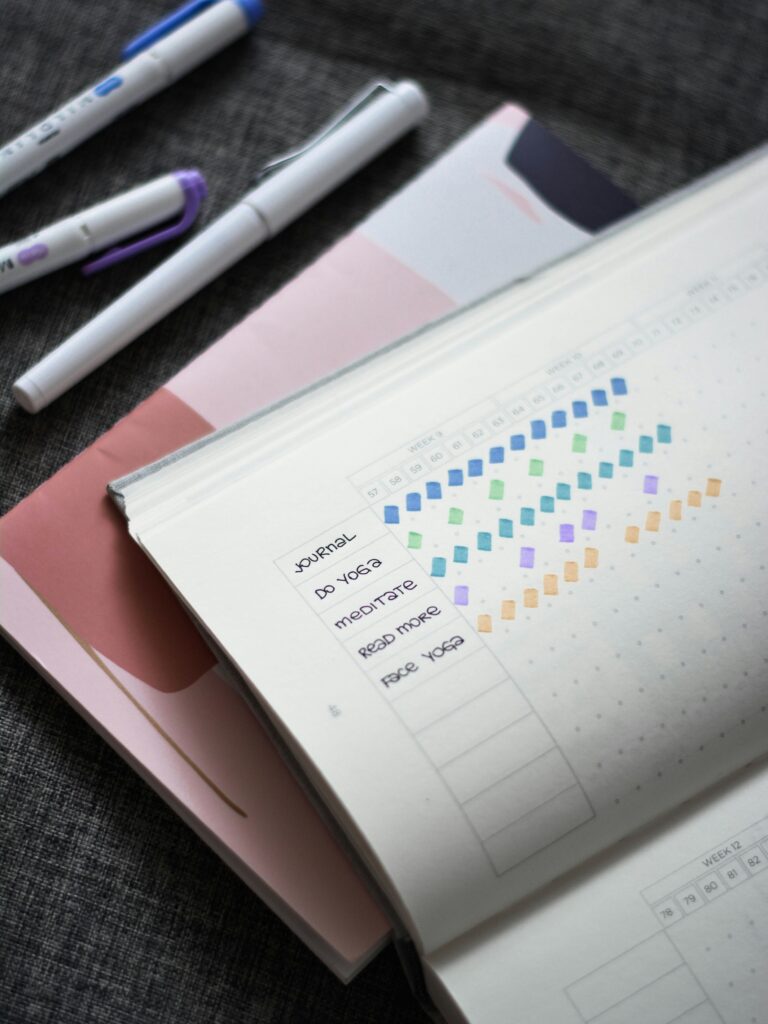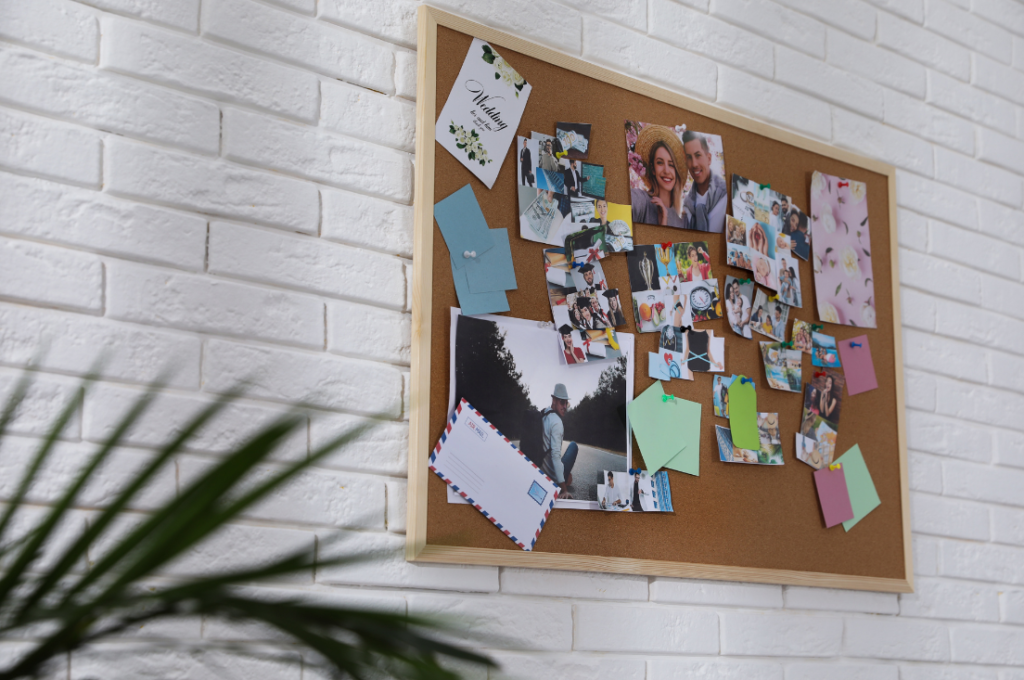Creating lasting habits is a science that can transform your life. Whether you want to exercise regularly, eat healthier, or cultivate a new skill, understanding how habits form and stick is crucial. By delving into the mechanisms of habit formation, you can unlock the secrets to making positive changes that endure.
In this deep dive, we’ll explore the step-by-step process of lasting habit formation and provide valuable tips and tricks to make your new habits stick. From identifying your motivation to embedding your habits into your daily routine, these strategies will guide you in creating lasting change. Let’s embark on this journey towards a better, more disciplined you.
Step 1: Identify Your Why

Understanding Your Motivation
The first step in lasting habit formation is to identify your “why.” Knowing the deeper reason behind your desire to form a habit gives you a compelling motivation to stick with it. When your reasons are clear, your commitment is stronger.
Tips:
- Write Down Your Reasons: Create a list of all the reasons why you want to form this new habit. Be specific and detailed.
- Visualize the Benefits: Spend a few minutes each day visualizing the positive outcomes of your new habit. Imagine how it will feel, what it will look like, and how it will impact your life.
- Share Your Why: Talk about your reasons with a friend, family member, or mentor. Sharing your goals with others can reinforce your commitment and provide additional support.
Action: Create a vision board or a digital collage that represents your goals and reasons. Place it somewhere you can see daily to keep your motivation strong. Consider using images, quotes, and symbols that inspire you and remind you of your purpose.
Step 2: Start Small

The Power of Mini Habits
Starting small helps in reducing the resistance and making the habit less daunting. Mini habits are tiny, easily achievable actions that gradually build up to the larger habit you want to form. This approach leverages the principle of small wins, which can boost your confidence and motivation.
Tips:
- Break Your Goal Into Small Actions: If your goal is to exercise regularly, start with a 5-minute walk or a single set of exercises. If you want to read more, start with just one page a day.
- Celebrate Small Wins: Recognize and reward yourself for completing these small actions. This positive reinforcement builds momentum.
- Gradually Increase Intensity: As these mini habits become easier, gradually increase the time, intensity, or frequency. This incremental approach prevents overwhelm and encourages consistency.
Action: Choose a micro-habit to start today. Commit to doing it daily for one week, no matter how small it is. For example, if you want to meditate, start with just one minute. Track your progress and gradually increase the duration each week.
Step 3: Create a Routine

Consistency is Key
Creating a routine helps in embedding the habit into your daily life. Consistency turns actions into habits. When a habit is part of your routine, it becomes automatic and requires less willpower to maintain.
Tips:
- Attach Your Habit to an Existing Routine: This technique, known as “habit stacking,” involves linking your new habit to an established one. For example, if you want to journal daily, do it right after your morning coffee.
- Use Reminders and Alarms: Set reminders or alarms to prompt you to perform your habit. This can be especially helpful in the early stages when the habit is not yet automatic.
- Plan Your Habit Around the Same Time: Consistency in timing reinforces the habit. Choose a time of day that works best for you and stick to it.
Action: Set a daily schedule that includes your new habit. Use digital tools like calendar alerts or habit-tracking apps to maintain consistency. Review your schedule weekly to ensure you’re staying on track.
Step 4: Use Positive Reinforcement

Reward Yourself
Positive reinforcement makes the habit formation process enjoyable and rewarding. It can motivate you to continue your new behavior and associate the habit with positive feelings.
Tips:
- Immediate Rewards: Reward yourself immediately after completing your habit. This could be a small treat, a few minutes of relaxation, or a favorite activity.
- Progress Journals: Keep a journal of your progress and reward milestones. Documenting your achievements can boost your confidence and provide a sense of accomplishment.
- Celebrate with Others: Share your achievements with friends or family and celebrate together. This social reinforcement can strengthen your commitment.
Action: Decide on a reward system for your habit. Ensure that your rewards are healthy and do not counteract your new habit. For example, if you’re trying to eat healthier, reward yourself with a relaxing bath instead of a sugary treat.
Step 5: Overcome Obstacles

Plan for Challenges
Anticipate challenges and have a plan in place to overcome them. Understanding common barriers can help you navigate through tough times. Recognize that setbacks are part of the process and learn from them.
Tips:
- Identify Potential Obstacles: Think about the challenges you might face and brainstorm solutions beforehand. For example, if you often skip workouts due to lack of time, plan shorter, more intense sessions.
- Practice Self-Compassion: Be kind to yourself when you encounter setbacks. Understand that failure is a natural part of the process and an opportunity to learn and grow.
- Stay Flexible: If your original plan isn’t working, be willing to adjust it. Adapt your strategies as needed to stay on track.
Action: Create a list of possible challenges you might face and write down strategies to overcome them. Review this list regularly to stay prepared. For example, if you’re trying to avoid unhealthy snacks, have healthy alternatives readily available.
Step 6: Track Your Progress

Measure and Reflect
Tracking your progress helps in keeping you accountable and motivated. It allows you to see how far you’ve come and where you need to improve. Reflecting on your progress can provide insights and keep you focused on your goals.
Tips:
- Use a Habit Tracker: Use a habit tracker app or a journal to log your daily progress. Visual representations of your progress can be highly motivating.
- Weekly Reflections: Reflect on your progress weekly and adjust your strategies if necessary. Consider what worked, what didn’t, and how you can improve.
- Accountability Partners: Share your progress with a supportive community or an accountability partner. Having someone to check in with can provide additional motivation and support.
Action: Start a habit-tracking journal or download a habit tracker app. Log your habit daily and review your progress at the end of each week. Use your reflections to make necessary adjustments to your plan.
Step 7: Make it Part of Your Identity

Embrace the New You
To make a habit truly lasting, it needs to become part of your identity. When you see yourself as someone who embodies this habit, it becomes a natural part of your life. This shift in self-perception can be powerful and transformative.
Tips:
- Positive Affirmations: Use positive affirmations to reinforce your new identity. For example, “I am a healthy eater” or “I am a regular exerciser.” Repeat these affirmations daily.
- Visualization: Visualize yourself as the person who has already mastered this habit. Imagine how you act, feel, and look.
- Community Engagement: Engage in communities or groups that share your new identity. Surrounding yourself with like-minded individuals can reinforce your commitment and provide additional support.
Action: Create a set of affirmations related to your new habit and recite them daily. Join a community or group that supports your new habit. For example, if you’re trying to run regularly, join a local running club or online group.
Additional Tips for Lasting Habit Formation
- Environment: Design your environment to support your new habit. Remove triggers of old habits and add cues for the new habit. For example, if you want to eat healthier, stock your kitchen with healthy foods and get rid of junk food.
- Mindfulness: Practice mindfulness to stay present and aware of your actions. This helps in catching yourself when you slip and making conscious decisions. Mindfulness techniques like meditation can enhance your self-awareness and self-control.
- Patience: Habits take time to form. Be patient with yourself and stay committed. It’s important to remember that lasting change doesn’t happen overnight.
With these strategies, you’re well on your way to achieving lasting habit formation. Remember, forming new habits is a journey that requires patience, persistence, and self-compassion. There will be days when you slip up, and that’s perfectly okay. What matters is how you respond to these setbacks—view them as opportunities to learn and grow rather than reasons to give up.
Revisit and refine your approach as needed, staying flexible and open to adjustments. Continually remind yourself of your motivations and visualize the benefits of your new habits. Celebrate your progress, no matter how small, and reward yourself for your achievements. Embrace the support of your community and lean on accountability partners to help keep you on track.
By integrating these steps into your daily life, you can build a foundation of habits that support your goals and enhance your overall well-being. Remember, lasting change doesn’t happen overnight, but with dedication and effort, you can transform your behaviors and achieve the lasting change you desire. Stay committed, stay motivated, and enjoy the journey towards a healthier, more disciplined, and fulfilling life.
Happy habit building!

